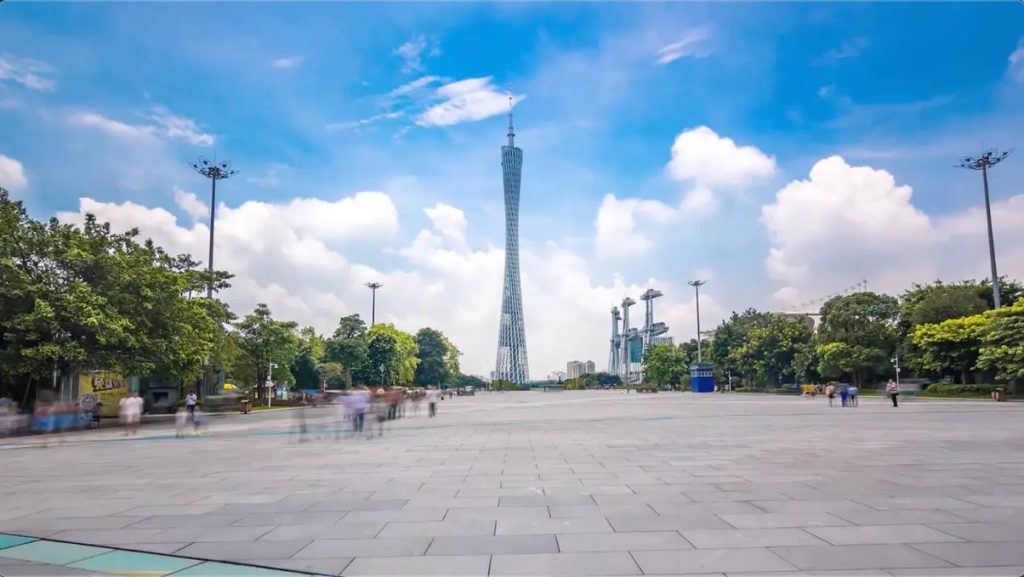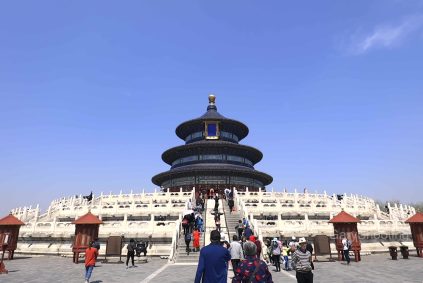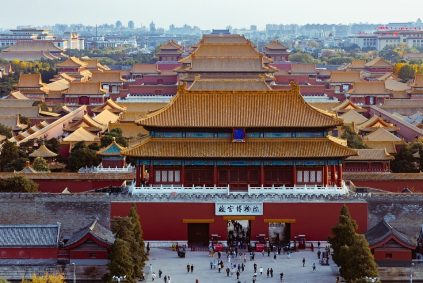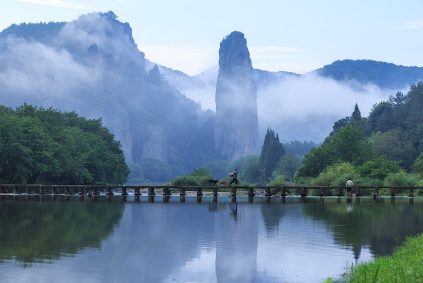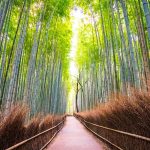Exploring Guangzhou’s Vibrant Floral Landscapes: A Guide to the City’s Top Flower-Viewing Destinations
قوانغتشو, often referred to as the “Flower City,” enjoys a subtropical climate that nurtures lush gardens, seasonal blooms, and year-round botanical wonders. From ancient temples adorned with blossoms to modern parks celebrating horticultural innovation, the city offers diverse spaces where nature and culture intertwine. Whether you’re chasing cherry blossoms in spring or marveling at tropical foliage, these destinations highlight Guangzhou’s deep-rooted connection to flowers and their symbolic significance in Lingnan culture.
Historic Gardens and Temples: Where Tradition Meets Floral Beauty
Liu Rong Temple (Six Banyan Temple): A Serene Oasis of Blossoms and Buddhism
Founded over 1,500 years ago, this iconic temple complex is renowned for its towering Flower Pagoda and tranquil courtyards filled with lotus ponds and ancient trees. In spring, the temple’s gardens burst into color with azaleas and camellias, while autumn brings golden osmanthus blooms that perfume the air. Visitors can wander through pavilions where monks once cultivated medicinal herbs, observing how flowers like plum blossoms and chrysanthemums are integrated into Buddhist art and rituals. The temple’s central lotus pond, often crowded with koi fish, becomes a focal point during summer, when the pink and white flowers symbolize purity and enlightenment.يوكسيو بارك: Guangzhou’s Largest Urban Green Space and Floral Showcase
تمتد 200 acres, Yuexiu Park combines historical landmarks with sprawling gardens that change with the seasons. النحت خمسة رام, a symbol of Guangzhou’s founding myth, is surrounded by manicured lawns dotted with peonies and magnolias in early spring. By late March, the park’s cherry blossom grove draws crowds eager to photograph delicate pink petals drifting over stone bridges and pavilions. Summer highlights include bougainvillea cascading over walls and water lilies floating in the artificial lake, while autumn introduces clusters of red maple leaves and golden chrysanthemums. The park’s botanical sections also feature rare species like the “Empress Tree” (Paulownia), historically planted to commemorate significant events.
Modern Botanical Gardens: Celebrating Biodiversity and Sustainability
South China Botanical Garden: A Global Hub for Plant Conservation
As one of China’s oldest and largest botanical institutions, this garden spans nearly 300 hectares and houses over 17,000 plant species. Its themed zones include a tropical rainforest greenhouse, a desert plant exhibit, and a ginger garden showcasing over 500 أصناف. The orchid conservatory is a year-round highlight, displaying rare species from Southeast Asia alongside hybrid cultivars developed by local researchers. Seasonal events like the Lotus Festival (June–July) and the Chrysanthemum Exhibition (October–November) transform outdoor spaces into immersive floral spectacles, with educational programs explaining the ecological roles of these plants. The garden’s research facilities also focus on preserving endangered species native to Guangdong Province, such as the wild tea plant and the Cantonese cycad.Chimelong Safari Park’s Floral Zones: Where Wildlife and Blooms Coexist
While primarily known for its animal exhibits, Chimelong integrates horticulture into its design to create naturalistic habitats. The park’s African Savanna area features acacia trees and aloe vera, mimicking the flora of the Serengeti, while the Panda Center is surrounded by bamboo groves and rhododendrons. Spring brings wildflowers like primroses and violets to the park’s walking trails, attracting butterflies and birds. Interactive zones, such as the Butterfly Garden, combine flowering plants like milkweed and passionflower with enclosed habitats for native species, offering insights into pollination ecosystems. Educational signs throughout the park highlight how plant selection supports animal welfare, such as eucalyptus trees providing food for koalas or nectar-rich flowers sustaining lorikeets.
Seasonal Floral Festivals and Events: Immersive Experiences Across the Calendar
Guangzhou International Lotus Festival: A Summer Celebration of Aquatic Blooms
Held annually from June to August, this festival transforms parks like Yuexiu and Liwan into vibrant displays of lotus varieties in shades of pink, أبيض, and yellow. Beyond visual beauty, the event emphasizes the lotus’s cultural significance in Chinese art, literature, والمطبخ. Visitors can participate in traditional tea ceremonies using lotus leaves, watch calligraphy demonstrations on lotus-themed scrolls, or join guided tours explaining the plant’s role in Buddhist symbolism. Nighttime light shows often illuminate lotus ponds, creating a magical atmosphere where floating lanterns mirror the flowers’ reflections. The festival also partners with local chefs to showcase dishes like lotus root stir-fries and sweet lotus seed pastries, connecting floral appreciation with culinary traditions.Spring Blossom Tours: Chasing Cherry and Plum Flowers Across Guangzhou
From late February to March, the city’s parks and universities become destinations for hanami (flower-viewing) enthusiasts. The campus of Sun Yat-sen University features a historic plum blossom grove, where visitors stroll beneath trees with centuries-old trunks, reading poetry inscribed on stones nearby. في أثناء, Huadu District’s Cherry Blossom Valley offers mountain trails lined with thousands of sakura trees, their petals forming pink carpets on the ground. Local communities organize tea tastings beneath blossoming trees, serving jasmine and chrysanthemum infusions that complement the seasonal scenery. These tours often include stops at small nurseries where farmers explain traditional techniques for grafting fruit trees or cultivating bonsai, preserving knowledge passed down through generations.
Cultural Significance of Flowers in Guangzhou: Symbolism and Daily Life
Flower Markets and Street Vendors: The Pulse of Lingnan Floral Culture
Guangzhou’s flower markets, such as the bustling Fangcun Flower Market or the nightly stalls along Zhujiang New Town’s pedestrian streets, reflect the city’s deep integration of flowers into daily life. Vendors sell cut blooms like orchids and lilies for home decor, as well as potted plants believed to bring luck, such as lucky bamboo or osmanthus. During festivals like the Mid-Autumn Moon Festival, markets overflow with chrysanthemums and pomelos adorned with floral garlands, while the Spring Festival sees peonies and narcissus arranged in red pots to symbolize prosperity. These markets also serve as social hubs where locals exchange gardening tips or discuss the language of flowers—for example, giving red roses for romance or white chrysanthemums to honor ancestors.Floral Motifs in Lingnan Architecture and Handicrafts
Flowers inspire artistic expression across Guangzhou’s built environment. Traditional Lingnan-style buildings feature intricate wood carvings of peonies and lotuses, while ceramic tiles on骑楼 (shophouses) display patterns of plum blossoms or bamboo. The Chen Clan Ancestral Hall, a masterpiece of Qing Dynasty craftsmanship, includes a dedicated gallery for floral-themed artworks, including embroidered tapestries and ivory carvings. Modern designers continue this tradition, incorporating floral elements into public art installations, such as the giant metal lotus sculpture in Haizhu Wetland Park or the mosaic murals at Guangzhou Opera House. Workshops in arts districts like Shamian Island teach visitors to create their own floral-inspired crafts, from paper-cutting to clay modeling, ensuring these traditions endure.
Guangzhou’s floral attractions offer far more than visual splendor—they are windows into the city’s history, الروحانية, and community life. From ancient temples where blooms carry spiritual meaning to modern gardens pushing the boundaries of horticulture, each destination invites visitors to slow down, observe, and connect with nature. Whether you’re planning a seasonal festival visit or a quiet stroll through a historic garden, Guangzhou’s flowers promise unforgettable encounters with the beauty and resilience of the natural world. Always check event schedules in advance, as some festivals may adjust dates based on weather conditions or cultural calendars.

